optimal humidity for houseplants
Humidifier Humidifiers are a great way to add moisture to the air. We frequently suggest somewhere between 45-55 to accommodate the widest range of plants.
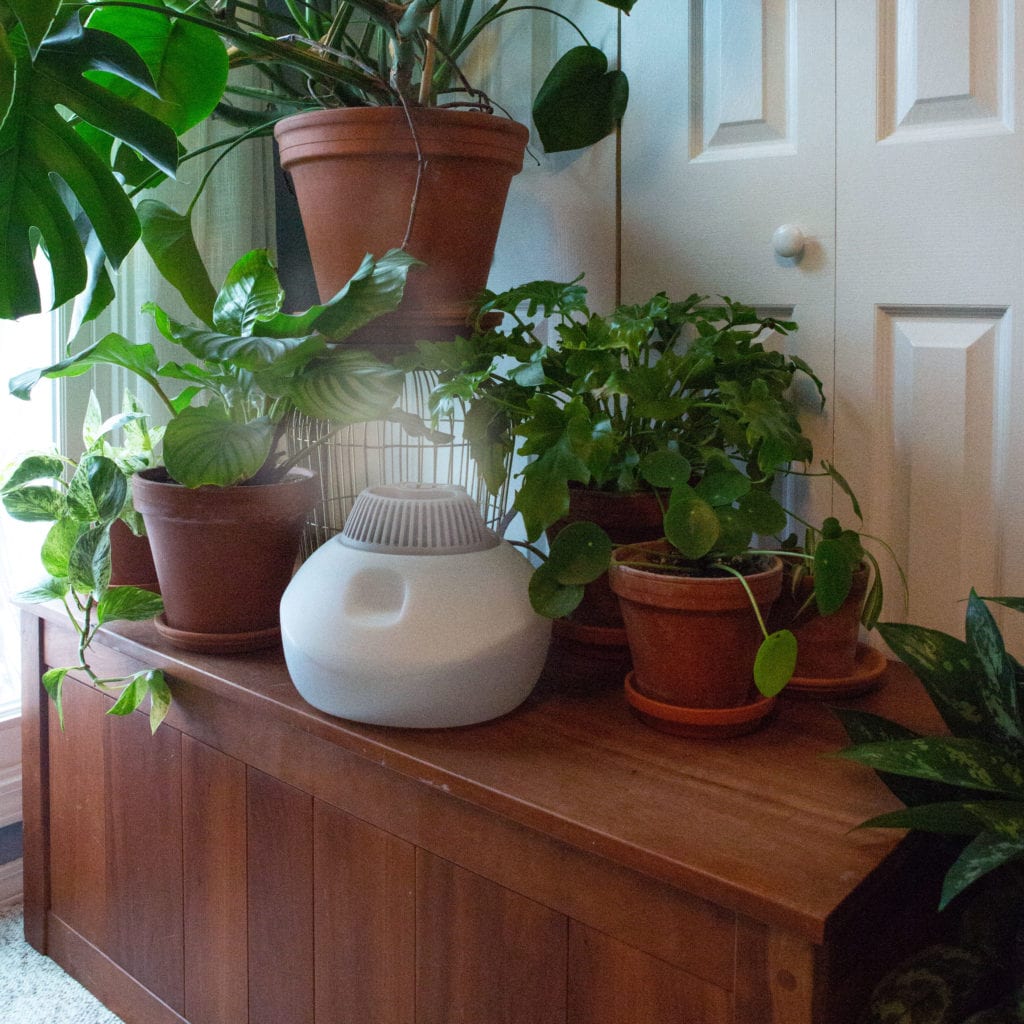
How To Increase The Humidity For Your Houseplants Bloomscape
For some species its the best place for them to grow.

. In general its helpful but not essential for houseplants to have a whole house humidifier. There are some places that have very little humidity. However some plants require a lot higher humidity levels.
This is generally a comfortable amount for people. Install Exhaust Fans. If you have a window in your bathroom that gets at least four hours of sun for example south- or west-facing this would be a.
This humidity level is much higher than you can ordinarily provide indoors. Plants growing in a greenhouse or glasshouse can reach above 80. However it is important to consider regions and seasons when thinking to ensure the ideal humidity level for indoor plants.
Great news for you is that 60 percent humidity in house is what the majority of commonly kept indoor plants adore. Houseplants do best at a relative humidity of 70 to 80 percent a level that is often difficult to maintain in the home. This is the ideal level which is difficult to maintain indoors especially for tropical plants.
Another simple strategy to raise humidity is by grouping the plants. Gardenias are beautiful plants that do best in bright light but love the high humidity environment of a bathroom. Furthermore exhaust fans suck in air particles from your space and vent them outside your home.
A good rule of thumb is to keep the night temperature 10 to. Most flowering indoor plants prefer the same daytime range but grow best at nighttime temperatures of 55 to 60F. Most plants require about 60 humidity.
Humidity Tray Humidity trays are plastic drip trays lined with pebbles and covering the stones midway with water. Thus they need high humidity and warm weather to remain healthy. To provide your plants with an ideal living environment in the winter its essential to increase the humidity for your plants.
Misting is one way by which you can add moisture to your plant to maintain the humidity. Temperature In general foliage indoor plants grow best between 70 and 80F during the day and from 60 to 68F at night. Installing exhaust fans is one of the cost-efficient ways to control humidity in your home.
If a plant is sensitive to lower levels than 70 increasing the humidity will be required. Any increase in humidity will help plants however especially if the dwelling is heated by a wood or coal stove or fireplace. The best humidity levels for houseplants is usually within the high end of the range for a comfortable healthy home.
This includes the following. They are native to tropical conditions and make an excellent humidity-absorbing plant. This belongs to you dont have to bother a lot scenarios.
When it comes to humidity our homes naturally sit at around 40-60. A very common and simple method of ensuring indoor plants get the humidity they need is by spraying. The Right Environment for Different Plants.
Think about a plants natural environment to help discern the humidity level they might like. Peace lily plants with their white flowers and deep green foliage make a great addition to your plant collection. This is the ideal humidity level for most houses during summer and the perfect humidity level for most plants to flourish.
To add humidity to your home you have four basic options. 40 60. Belonging to the tropical regions most houseplants require humidity ranging between 50 and 60 sometimes even more.
In general the humidity level in the home is below 30 and it can be varied depending on the regions. Flowering phase 28 degrees Celsius and 40-50 humidity. Vegetative phase 25 degrees Celsius and 60-70 humidity.
Occasional misting is what will help you achieve the desired level. Up to 4 cash back The ideal humidity for houseplants is 40-60 higher than the humidity levels found in our homes especially during the winter when fireplaces and furnaces create drier air conditions. An exhaust fan circulates air within your space and as we all know air circulation prevents humidity buildup inside the house.
Desert plants such as cacti and succulents will tolerate much lower humidity around 30-35 but sometimes as low as 20. Temperature Humidity and Other Important Factors There are typically three main temperature points of plant growth. Tropical plants require higher humidity and those native to rain forests may need as much as 90 humidity.
Ideal Humidity Levels for Plants Homes. As their native environment is full of moisture they like damp soil and enjoy humid conditions. Desert plants like cacti want 40 humidity level in the home.
The Best Humidity Level For Plants Based On Stage of Plant Growth According to the University of Vermont Extension many houseplants prefer a humidity level of 70 to 80. Grouping plants to create a microclimate. Typically thats when indoor relative humidity is between 40 and 60.
Both of these conditions often create an environment that has less than 10 percent humidity well below the 70 to 90 percent relative humidity levels found in. Large humidifiers can supplement entire rooms. While houseplants do add moisture to the air baseline humidity levels in their environments can help them really thrive.
These refer to the minimal optimal and maximum temperature. With specific ways to increase humidity such as misting other plants can also easily survive.
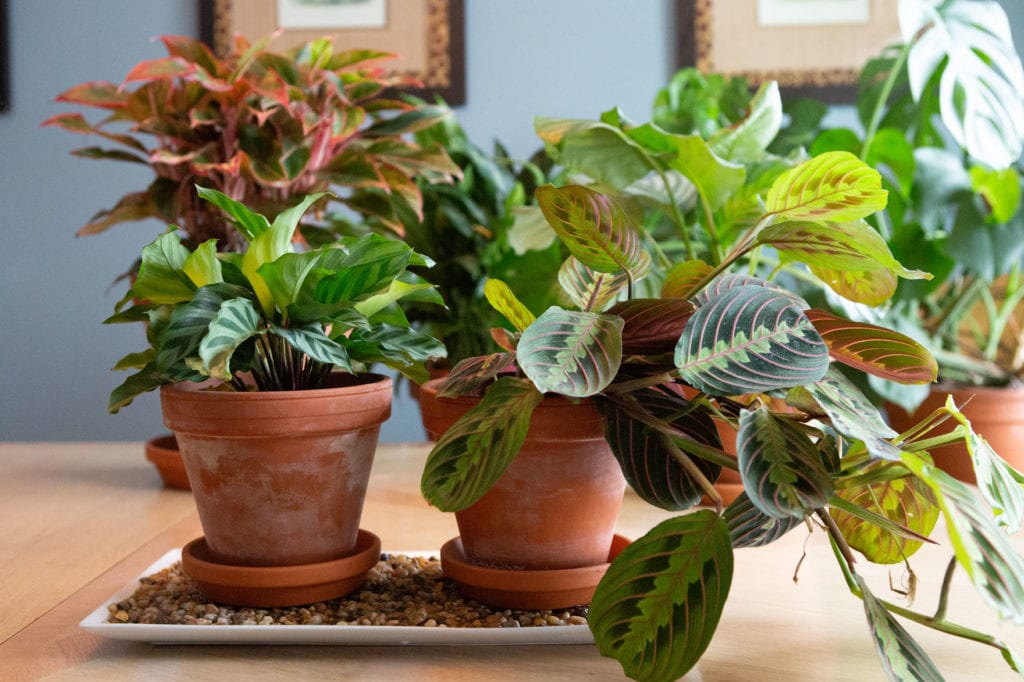
How To Increase The Humidity For Your Houseplants Bloomscape

Creating Humidity For Indoor Plants A How To Guide Dossier Blog

Creating Humidity For Indoor Plants A How To Guide Dossier Blog
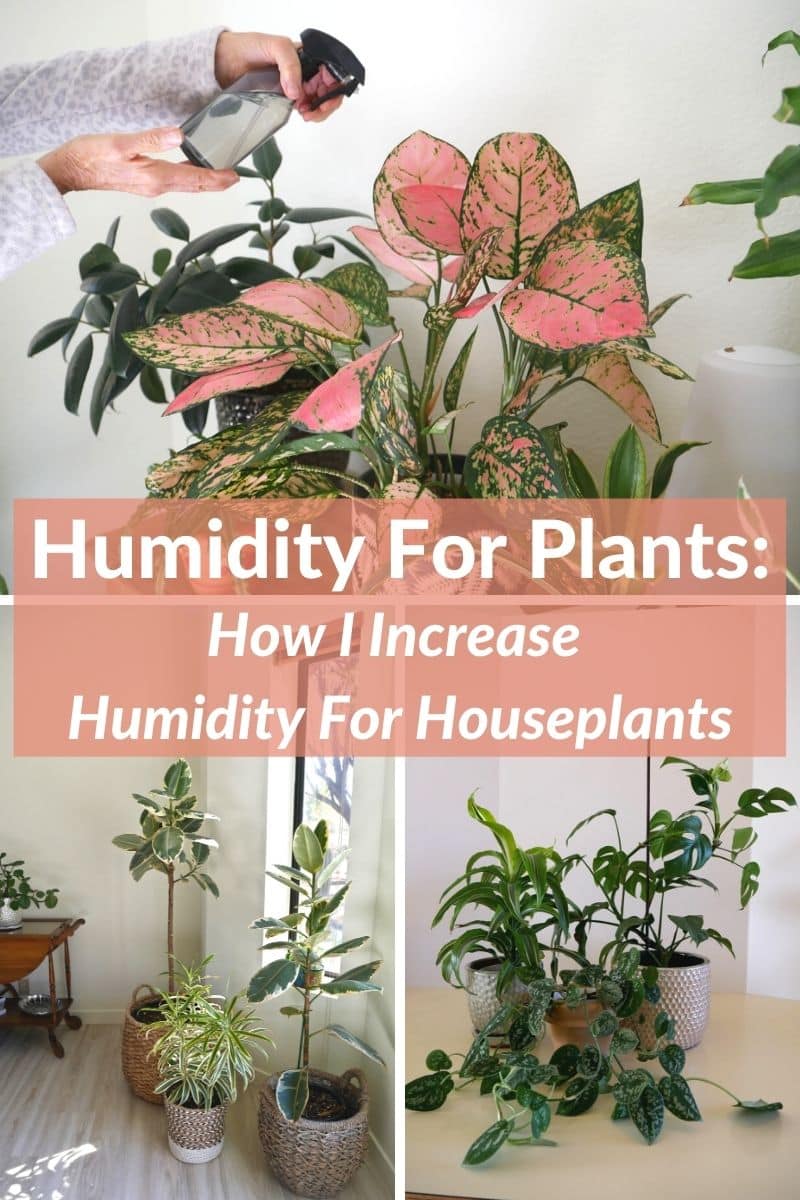
Plant Humidity How To Increase Humidity For Houseplants

20 Indoor Plants That Increase Humidity Reduce Dry Air In Homes

Best Home Humidity Levels For Houseplants And Houseplant Care
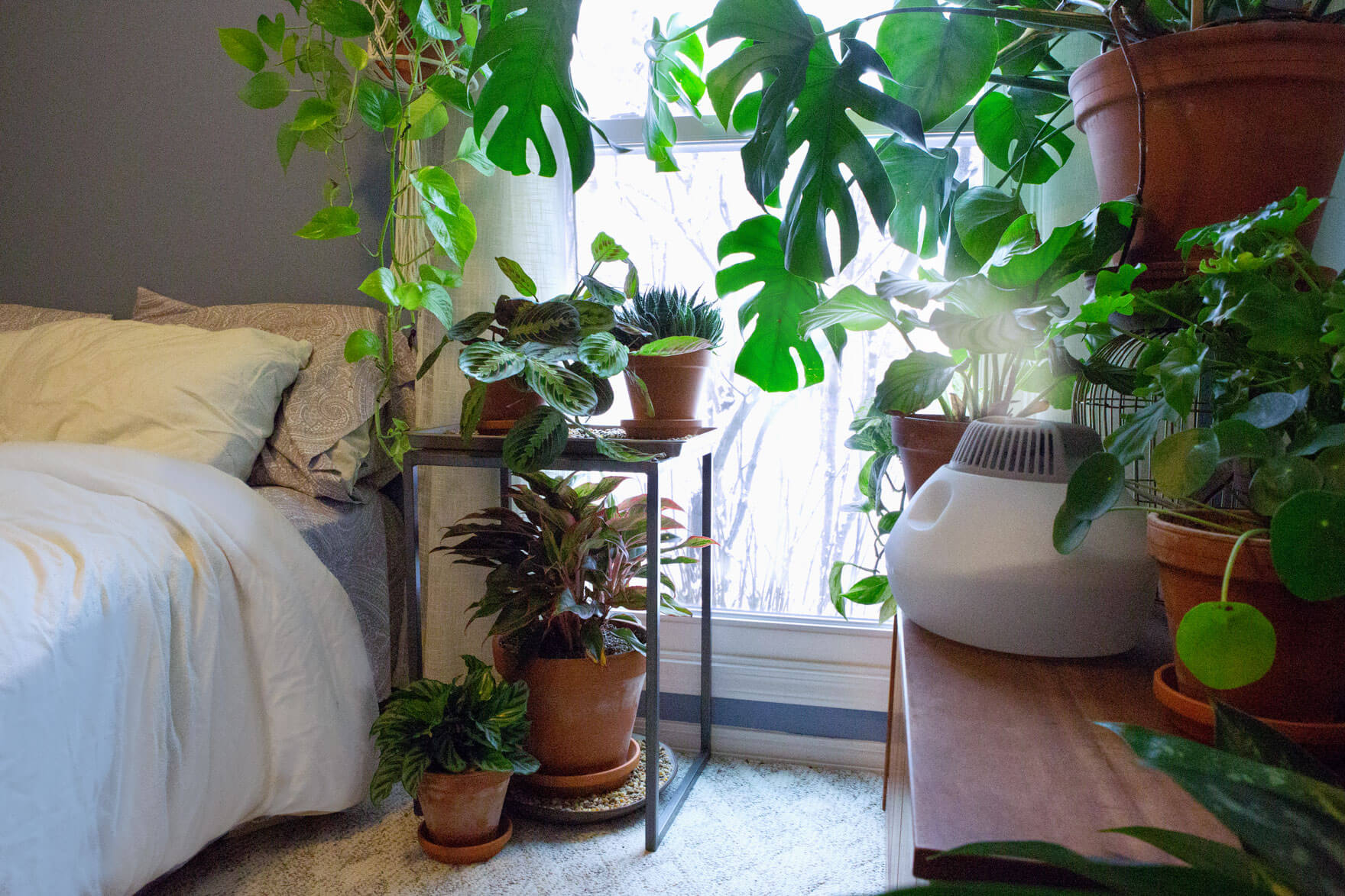
How To Increase The Humidity For Your Houseplants Bloomscape
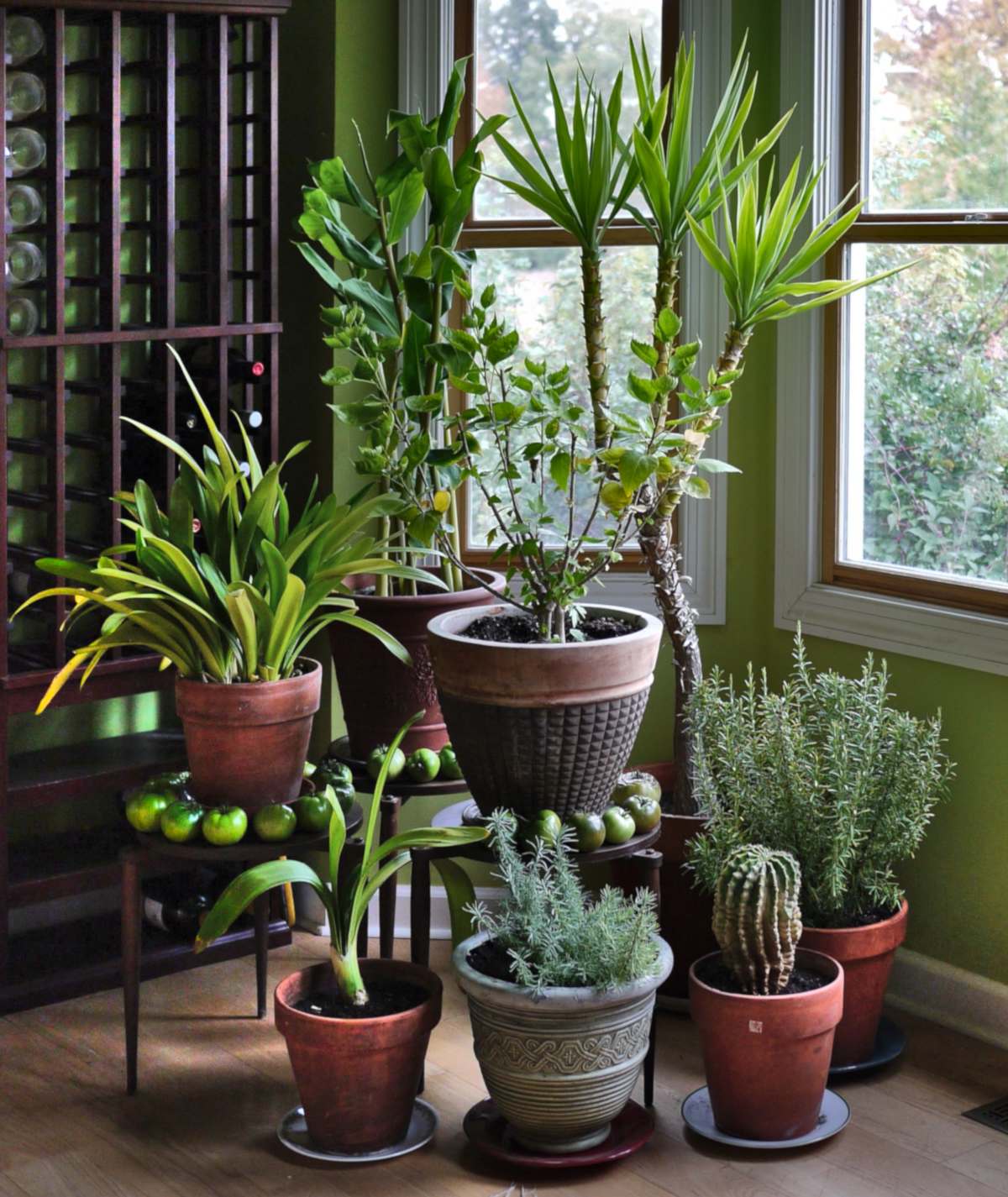
How To Increase Humidity In Air For Houseplants
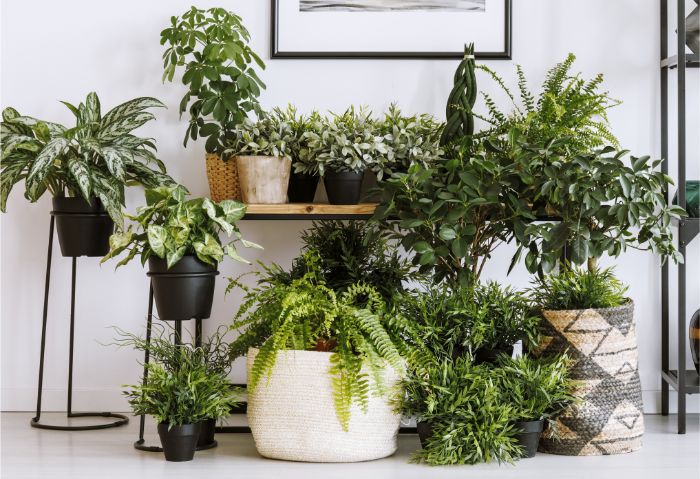
10 Great Ways To Increase Humidity For Indoor Plants Smart Garden Guide